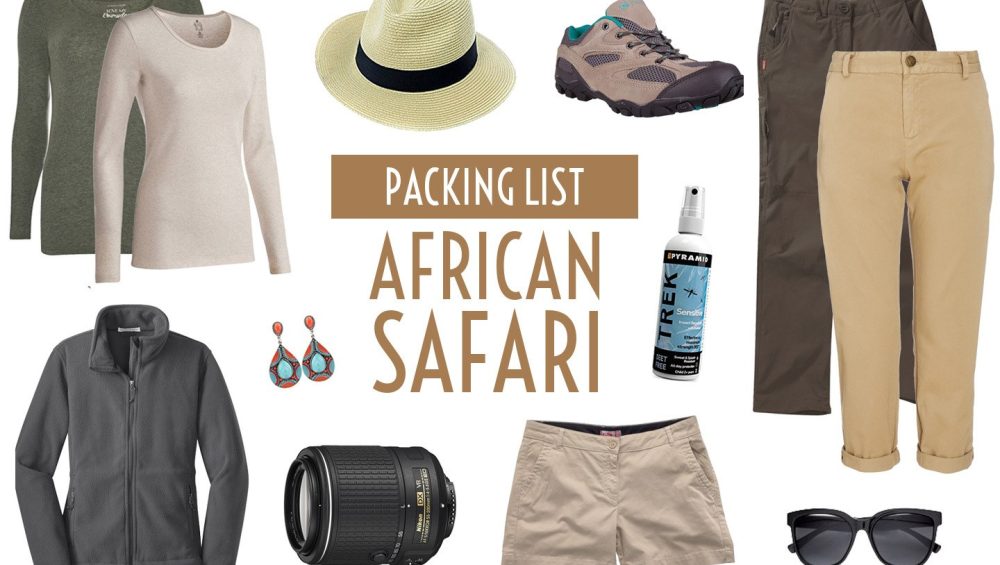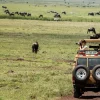Planning a Tanzania safari is an exciting journey into one of the world’s most breathtaking landscapes. Imagine the thrill of witnessing the Great Migration or the majestic Serengeti at sunset, with wildlife and nature surrounding you. However, to make your adventure truly unforgettable, packing wisely is key. Your safari gear can significantly impact your comfort and enjoyment over the course of your trip. From the perfect clothing to essential travel accessories, having the right items on hand will ensure that you are prepared for any situation. In this ultimate packing list, we’ve compiled all the essentials you need to make your Tanzania safari seamless and memorable. Whether you’re a first-time adventurer or a seasoned traveler, these tips will help you pack efficiently and embrace the wild beauty of Tanzania without a hitch. Get ready to embark on the journey of a lifetime!
Understanding the Climate and Weather Patterns
Tanzania’s climate can vary significantly depending on the region and time of year, making it essential to understand the weather patterns before you start packing. The country experiences two main seasons: the dry season and the wet season. The dry season, which spans from late June to October, is characterized by cooler temperatures and minimal rainfall. This is often considered the best time for safari trips as the wildlife is easier to spot around water sources, and the conditions are more comfortable for travelers. However, temperatures can still fluctuate, especially between day and night, so it’s important to pack accordingly.
The wet season is divided into two periods: the short rains from late October to December and the long rains from March to May. During these times, you can expect higher humidity and more frequent downpours. While the landscape becomes lush and green, making for stunning scenery, the muddy conditions can pose challenges for travel and wildlife viewing. Packing appropriate rain gear and waterproof essentials is crucial if your safari falls during these months. Additionally, the wet season can also bring about an increase in insects, so taking precautions such as insect repellent is necessary.
Understanding the specific regions you’ll be visiting is also important. For instance, the Serengeti and Ngorongoro Crater have different microclimates compared to coastal areas like Zanzibar. Higher altitudes, such as those found in the Ngorongoro Crater, can result in cooler temperatures year-round, so layering your clothing will help you stay comfortable. By researching the climate and weather patterns of your destinations within Tanzania, you can ensure that you pack the right gear to handle any conditions you may encounter.
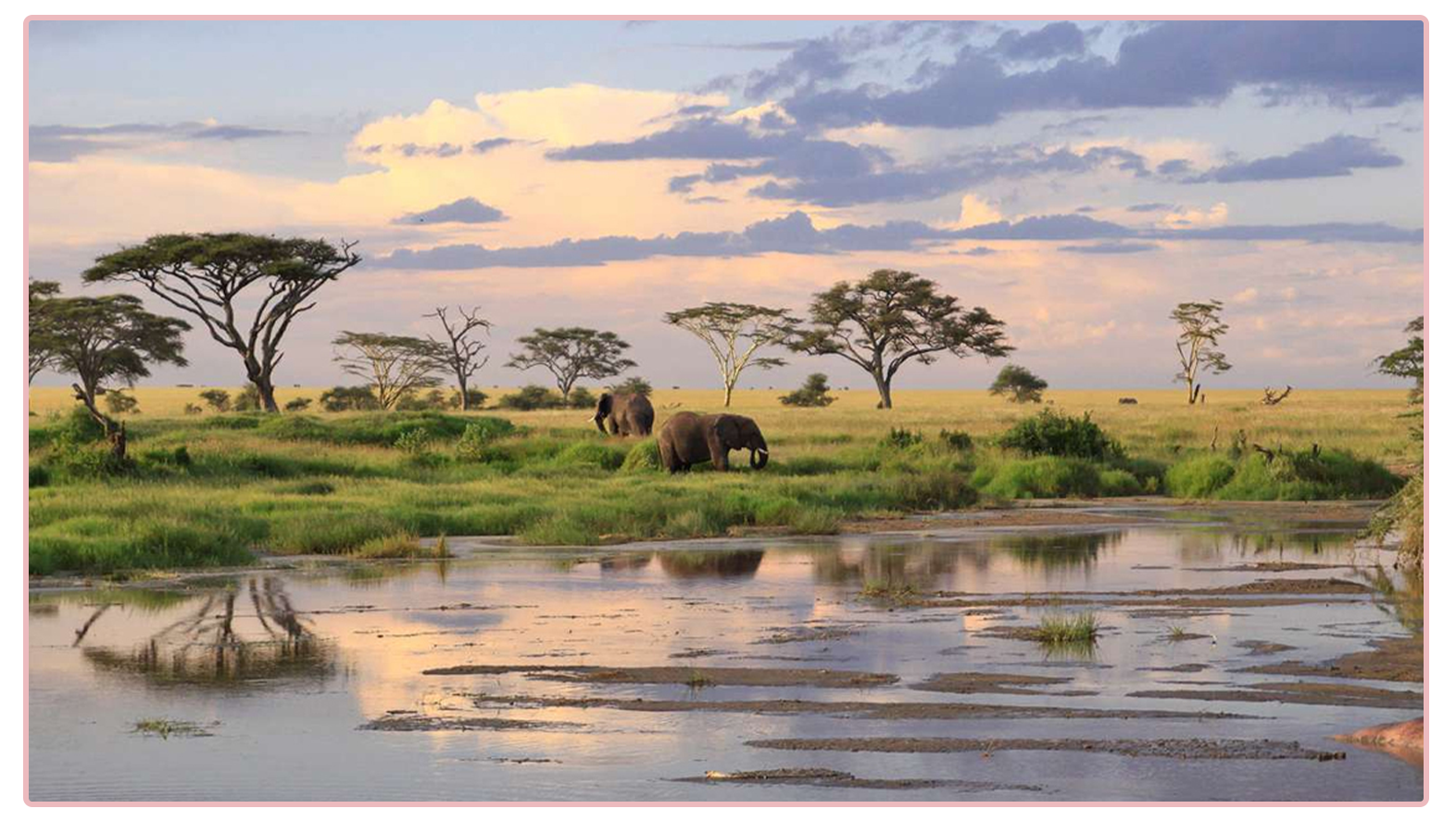
Essential Clothing for Your Safari
When it comes to clothing for your Tanzania safari, comfort and practicality should be your top priorities. Opt for lightweight, breathable fabrics that can keep you cool during the day and provide warmth during cooler evenings. Neutral colors such as khaki, beige, and olive green are recommended as they blend well with the natural surroundings and help you avoid attracting unnecessary attention from wildlife. Avoid bright colors and dark clothing, which can attract insects and absorb heat.
A good selection of clothing items includes long-sleeved shirts and trousers to protect against sunburn, insect bites, and thorny vegetation. Convertible pants, which can be zipped off into shorts, offer versatility for varying temperatures throughout the day. Additionally, packing a lightweight, moisture-wicking t-shirt and a warm fleece or jacket for layering during early morning game drives will ensure you stay comfortable in fluctuating temperatures. Don’t forget a wide-brimmed hat and sunglasses to shield you from the intense African sun.
Sturdy, comfortable footwear is essential for navigating the diverse terrains you’ll encounter on your safari. Lightweight hiking boots or trail shoes with good ankle support are ideal for walking safaris and uneven ground. Pair these with moisture-wicking socks to keep your feet dry and blister-free. Additionally, a pair of sandals or comfortable shoes for relaxing at the lodge can be a welcome change after a day of exploration. By carefully selecting versatile and practical clothing, you can ensure you’re well-prepared for the adventure ahead.
Gear and Equipment You Can’t Forget
Bringing the right gear and equipment can make all the difference in your safari experience. Binoculars are an absolute must-have for spotting wildlife from a distance. A good pair of binoculars with a magnification of at least 8×42 will allow you to observe animals without disturbing them. If you’re an avid bird watcher or simply want to get a closer look at the breathtaking scenery, investing in quality binoculars is well worth it.
A durable daypack is essential for carrying your daily necessities such as water, snacks, and extra layers of clothing. Look for a backpack with multiple compartments and padded straps for comfort. Additionally, a waterproof cover or dry bag can protect your belongings from unexpected rain showers. Packing a lightweight, compact travel towel can also come in handy for freshening up during the day.
Other essential items include a headlamp or flashlight with extra batteries, which are useful for navigating campsites and lodges at night. A multi-tool or Swiss Army knife can be incredibly handy for a variety of tasks, from opening bottles to making quick repairs. Don’t forget to bring a power bank or portable charger to keep your electronic devices charged, especially if you’re planning to take lots of photos and videos. By packing these essential pieces of gear and equipment, you’ll be well-prepared for any situation that arises during your safari.
Health and Safety Items to Pack
Ensuring your health and safety during your Tanzania safari is paramount, and having the right items in your travel kit can provide peace of mind. Start with a comprehensive first aid kit that includes basics such as adhesive bandages, antiseptic wipes, pain relievers, and any personal medications you may need. It’s also wise to include items like blister pads, antihistamines for allergic reactions, and anti-diarrheal medication to address common travel ailments.
Insect protection is crucial, especially in malaria-prone areas. Pack an effective insect repellent containing DEET or Picaridin and apply it regularly to exposed skin. Consider bringing insect repellent-treated clothing or a mosquito net for extra protection while sleeping. It’s also advisable to consult with your healthcare provider about necessary vaccinations or prophylactic medications before your trip.
Sun protection is equally important given Tanzania’s equatorial location. High-SPF sunscreen, lip balm with UV protection, and after-sun lotion can help prevent and soothe sunburn. A good quality, wide-brimmed hat and UV-blocking sunglasses will protect your face and eyes from the harsh sun. Staying hydrated is also vital, so bring a reusable water bottle with a built-in filter to ensure access to clean drinking water throughout your journey.
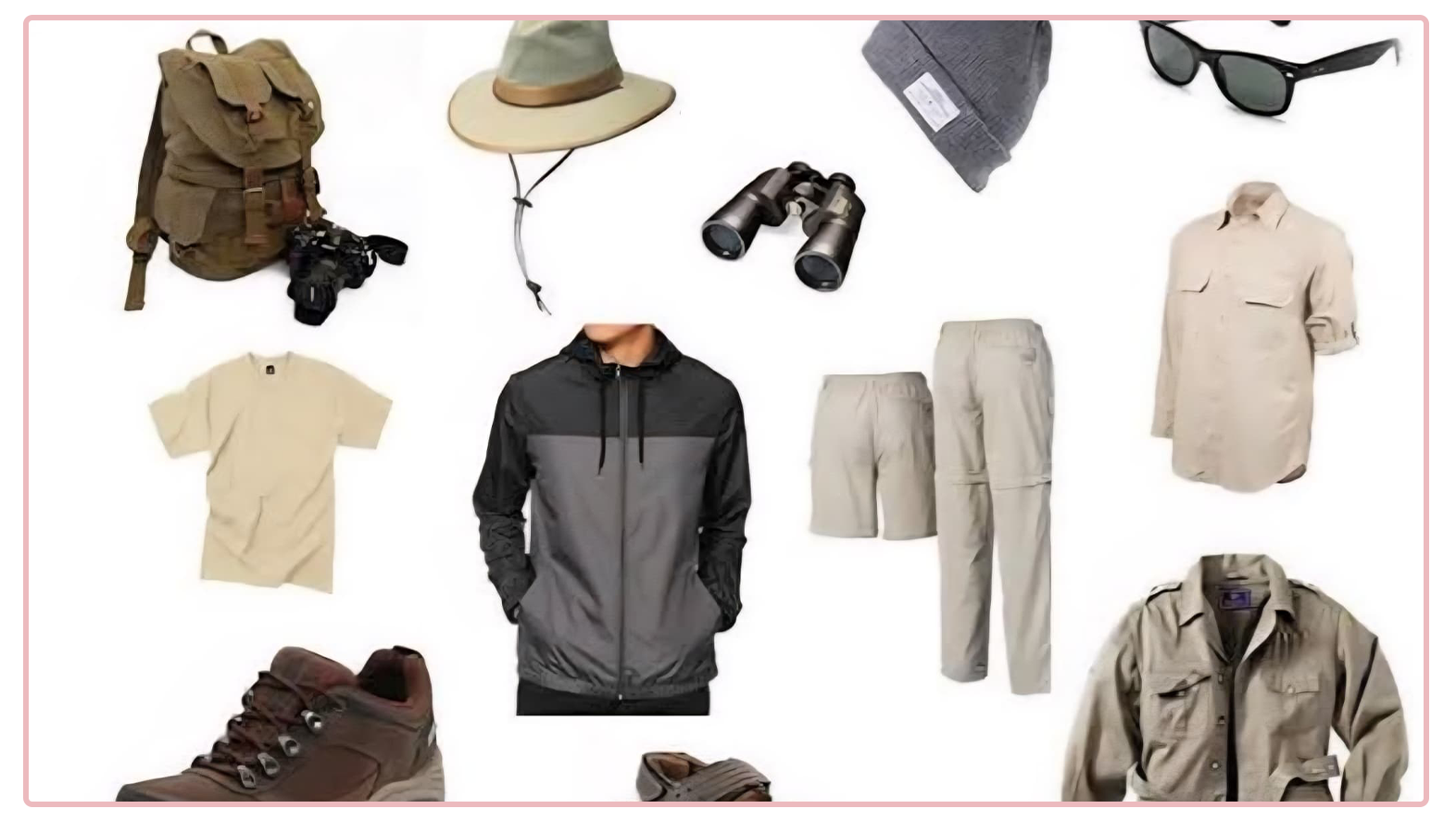
Photography and Technology Essentials
Capturing the incredible wildlife and landscapes of Tanzania is a highlight of any safari, so bringing the right photography and technology essentials is key. A high-quality camera with a good zoom lens will allow you to take stunning close-up shots of animals without getting too close. A DSLR or mirrorless camera with a zoom lens of at least 300mm is recommended for wildlife photography. If you prefer something more compact, a good point-and-shoot camera with a powerful zoom can also do the trick.
Extra memory cards and batteries are a must, as you’ll likely be taking hundreds of photos each day. A portable hard drive or cloud storage service can help you back up your images and free up space on your memory cards. A lightweight tripod can also be useful for steady shots, especially during low-light conditions such as early morning or late afternoon game drives.
Don’t forget to pack the necessary chargers and adapters for your electronic devices. Tanzania uses a Type D or G electrical outlet, so bring a universal travel adapter that fits these plug types. A power bank can keep your phone and other gadgets charged while you’re out in the field. Lastly, consider bringing a waterproof case or dry bag to protect your camera and electronics from dust, rain, and other elements.
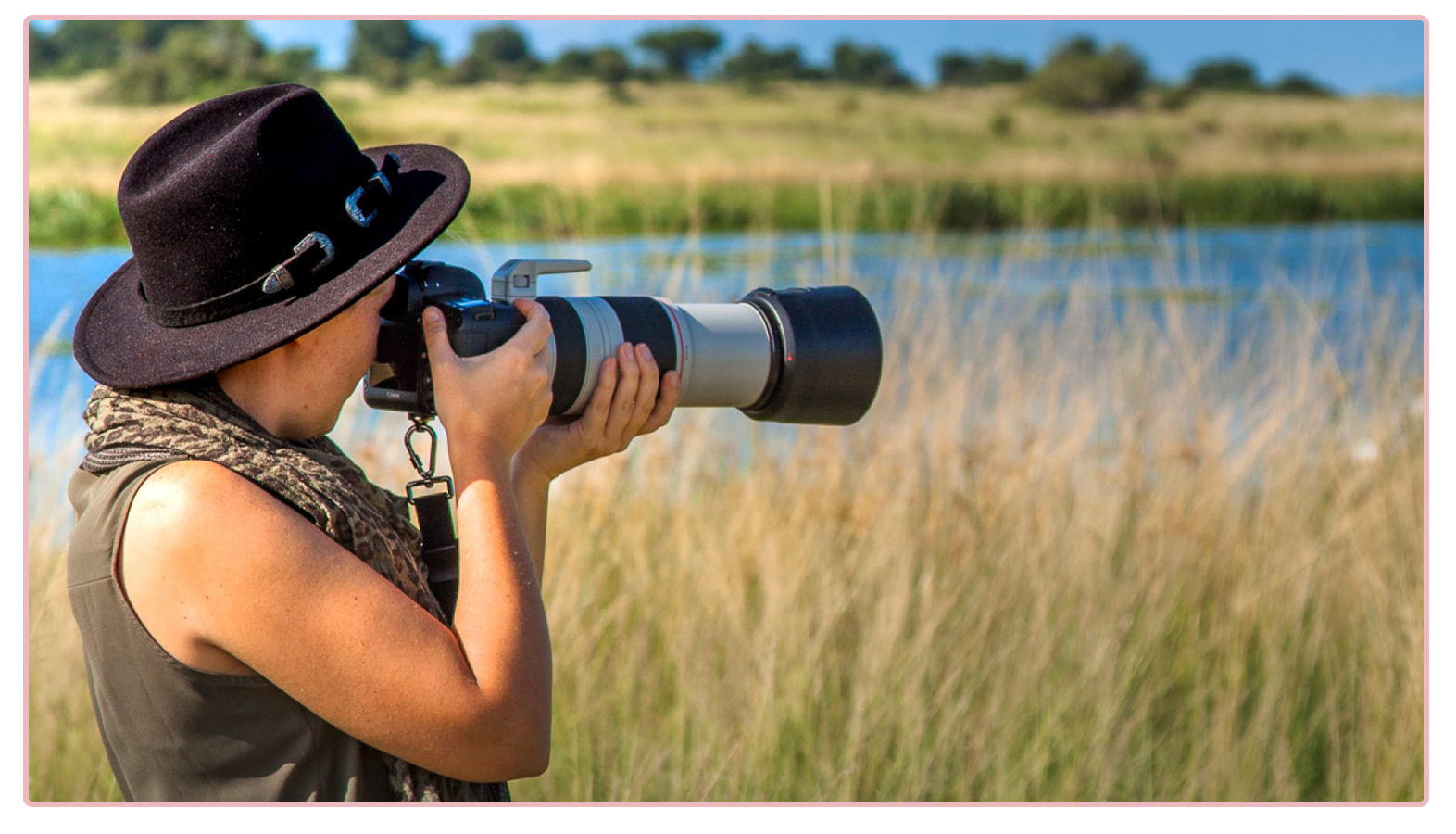
Personal Items for Comfort and Convenience
Bringing personal items that enhance your comfort and convenience can make your safari experience even more enjoyable. Pack a lightweight, quick-drying travel towel for freshening up during the day. A travel pillow and eye mask can make long flights and road transfers more comfortable, helping you arrive at your destination well-rested.
Toiletries such as biodegradable soap, shampoo, and a toothbrush are essential for maintaining hygiene on the go. Consider bringing a small bottle of hand sanitizer for situations where soap and water are not readily available. Wet wipes or facial cleansing wipes can also be handy for quick clean-ups. If you wear contact lenses, bring extra pairs and a small bottle of contact lens solution.
Entertainment items like a good book, journal, or e-reader can provide relaxation during downtime. A pair of noise-canceling headphones can be a lifesaver on noisy flights or in bustling lodges. Additionally, a small travel-sized laundry kit, including detergent and a clothesline, can help you keep your clothing fresh and clean throughout your trip. By packing these personal items, you can ensure a more comfortable and enjoyable safari experience.
Food and Hydration: What to Bring
While most safari lodges and camps provide meals, it’s always wise to have some snacks and hydration options on hand for those long game drives and excursions. Trail mix, energy bars, and dried fruit are excellent choices as they are nutritious, lightweight, and non-perishable. These snacks can provide a quick energy boost when you need it most.
Staying hydrated is crucial, especially in the hot and dry conditions of Tanzania. Bring a reusable water bottle with a built-in filter to ensure you have access to clean drinking water at all times. Some camps may provide bottled water, but having your filtration system adds an extra layer of safety and convenience. Electrolyte tablets or powder can also help replenish lost nutrients and stay hydrated.
If you have specific dietary needs or preferences, consider bringing some non-perishable items that meet your requirements. For example, if you follow a gluten-free diet, pack some gluten-free snacks and meal options. While most lodges are accommodating, having your supply ensures you always have something to eat that suits your dietary needs. By preparing with the right food and hydration items, you’ll stay energized and healthy throughout your safari.
Sustainable Packing Tips for Eco-Conscious Travelers
Traveling sustainably is more important than ever, and being mindful of your environmental impact while packing for your Tanzania safari is a great place to start. Choose eco-friendly products whenever possible, such as biodegradable toiletries and reusable items. For example, bring a reusable water bottle, cutlery set, and a cloth shopping bag to reduce single-use plastic waste.
Opt for clothing and gear made from sustainable materials, such as organic cotton or recycled fabrics. Avoid packing items that could harm the environment, such as plastic straws or non-biodegradable wipes. Instead, look for eco-friendly alternatives that minimize your footprint. Additionally, consider packing a solar charger to power your electronic devices, reducing your reliance on non-renewable energy sources.
Respecting local wildlife and natural habitats is also a key aspect of sustainable travel. Avoid using products that contain harmful chemicals, such as certain insect repellents and sunscreens, which can damage ecosystems. Follow the Leave No Trace principles by packing out all your waste and leaving natural areas as you found them. By making conscious choices in your packing, you can help preserve Tanzania’s incredible landscapes and wildlife for future generations.
Preparing for Your Adventure
Packing for a Tanzania safari requires careful consideration to ensure you have everything you need for a comfortable and enjoyable experience. From understanding the climate and weather patterns to selecting essential clothing, gear, and health items, each aspect of your packing list plays a crucial role in your adventure. By including photography and technology essentials, personal items for comfort, and sustainable packing tips, you’ll be well-prepared for the journey ahead.
Remember that the key to a successful safari is being prepared for various conditions and situations. Investing time in creating a comprehensive packing list will help you avoid common pitfalls and make the most of your trip. Whether you’re a first-time adventurer or a seasoned traveler, these packing tips will ensure you can fully embrace the wild beauty of Tanzania without any hitches.
So, as you embark on the journey of a lifetime, take the time to pack wisely and thoughtfully. By doing so, you’ll be ready to immerse yourself in the awe-inspiring landscapes, incredible wildlife, and unforgettable experiences that make a Tanzania safari truly extraordinary. Safe travels and enjoy your adventure!
